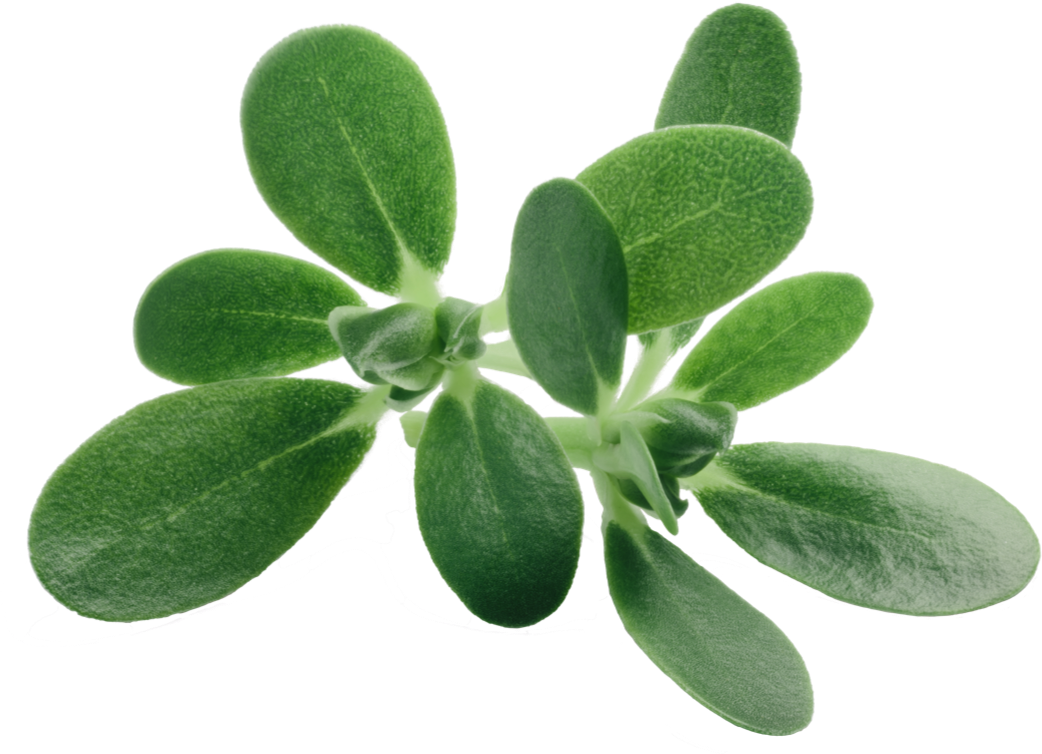Purslane is thought to have originated in India and the Middle East. It is currently found in North Africa, Southern Europe, India, China, Japan, East and West Indies, the Middle East, and North and South America. It is highly adaptable and tends to grow in disturbed areas such as the cracks in the sidewalk.
Purslane seeds have been found in archaeological layers dating to 1050 BCE in what is now Northern Greece. There is evidence indicating Purslane was introduced to North America in pre-Columbian times (before 1492).
The ancient Romans used Purslane for treating inflammation, dermatitis, headache, dysentery, abdominal pain, and intestinal worms.
Ancient mythology claims Purslane detoxifies the third eye, and improves connection to the spirit world. 
Purslane is considered a superfood due to its high levels of beta-carotene, vitamins B, C, E, magnesium, calcium, potassium, folate, and omega-3 fatty acids. It yields the highest plant source of omega-3 fatty acids, containing 8.5 mg. per gram of weight. Purslane contains more beta-carotene than either spinach or carrots. Purslane even contains melatonin, known to induce a good night’s sleep.
Purslane has been used to treat high blood pressure, high cholesterol, mastitis, postpartum bleeding, eczema, burns, and as a diuretic and muscle relaxant. It contains anti-inflammatory, antifungal, and antibacterial properties.